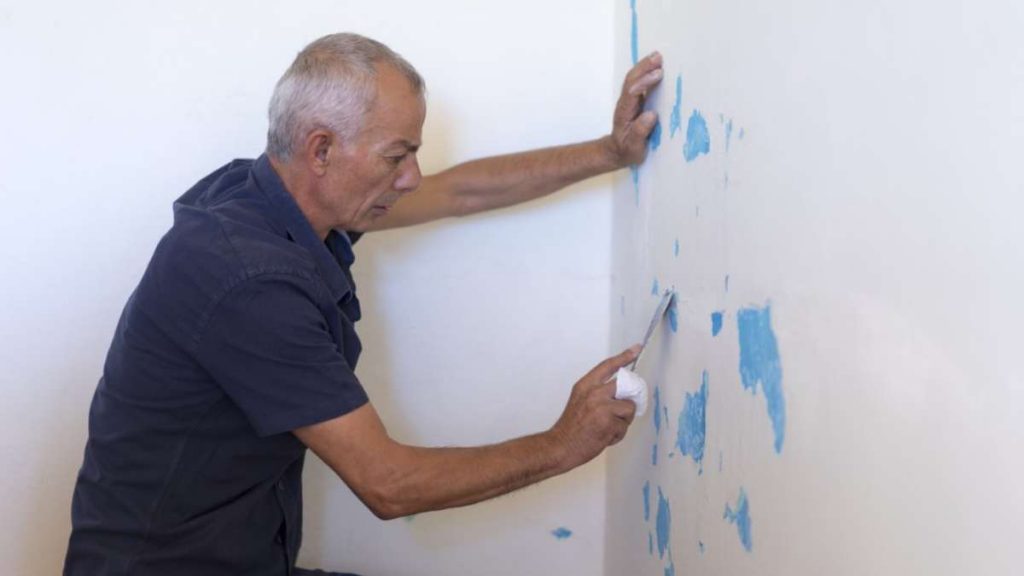Lead components in paint aren’t uncommon if you live in an old home. Make no mistakes about it; old houses are pretty captivating with their unique craftsmanship and historical basis. Unfortunately, however, they have some characteristics that may be detrimental to our health, which means it’s in our best interest to get rid of them.
If you live in an old house, you may be aware of the effects the paint could have on you and your children. As such, you may be wondering if you should remove the lead paint in your home. Well, we’ll discuss that at length in this article, and upon completion, you’ll become familiar with everything involved in removing lead paint from your home. Before we start just know that must painters will not recommend you do this job alone!
Adverse Effects of Lead Paint in The Home
For one, the majority of houses constructed in the 1900s had lead components in their paint. As a result, they made the paint last longer. However, scientists discovered midway into the 1900s that painting houses with them had adverse effects on health. Since then, including the lead in paint ceased, and different methods of prolonging the lifespan of paint were invented.
Lead paint causes lead poisoning, but it’s more potent in children because they’re more susceptible to it. Lead poisoning can cause seizures, weight loss, abdominal pain, and so on. As such, the best way to prevent it is to stay away from lead-infused paint in this case.
How to Test for Lead Paint
If you’ve recently inherited or purchased an old house, there are high chances that the paint is infused with lead. You can test for lead in the paint job of your old house by purchasing a rhodizonate-based kit. You can also buy sulfide-based equipment if your home has a lighter paint color.
Cut an inch into the paint and place your test kit on it. Ensure that the kit comes entirely in contact with the paint, and go through the instructions on your test kit to find out the correct way to interpret the result.
How to Remove Lead Paint from Your Home
Since most homes built in the 1900s have lead components in their paint jobs, yours likely does too. You can repaint it to prevent direct contact with it. However, if the paint job is old and coming apart, it’s best to hire professionals to remove it for you.
There’s a unique method of removing and disposing of lead in the US, which means you cannot do it yourself. However, you can start the process by reaching out to the EPA and they’ll send someone over to help. The agent goes through special training and uses special tools to do the job correctly.
You’ll also need to buy a HEPA vacuum cleaner to remove the leftover lead from the paint removal to ensure your property is entirely safe.
In Conclusion
Lead poisoning isn’t particularly fatal for your health, but it has some adverse effects. As such, it may be in your best interest to remove the lead paint in your home. You can do this by going through a professional, and getting one is a walk in the park.




